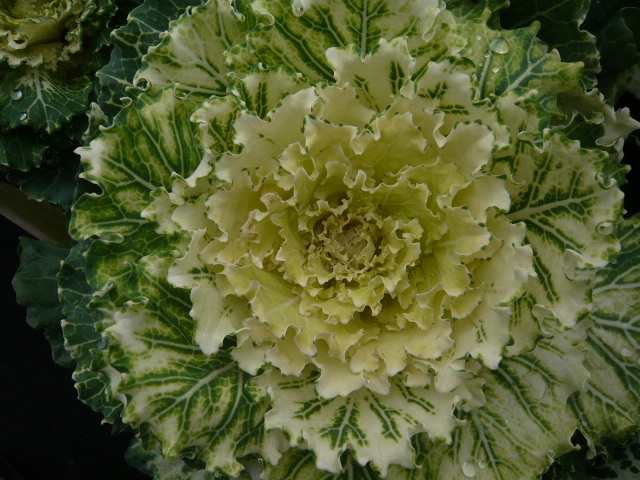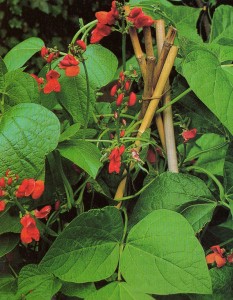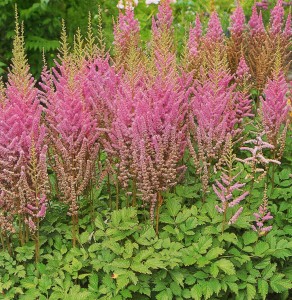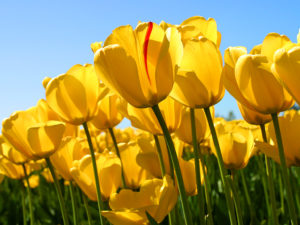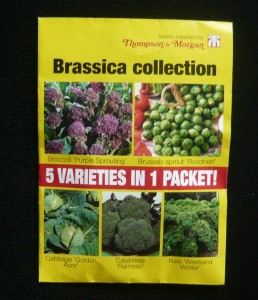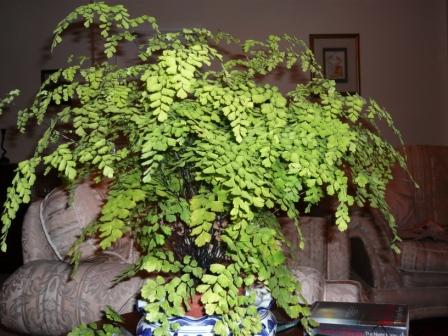Pond Water Features
If you want a cheap and easy water feature bury half a plastic dustbin in your garden. Fill it with rain water from your butt. If you use tap water it will have to stand for a week or more before introducing wild life and will probably go green with algae.
There is still plenty of frog spawn about in local ponds. You can make an escape bridge for the frogs by laying an old log over a corner of the pond. Natural rainfall will replace most of the evaporation except in summer when I let it reduce in depth but you can top it up from the hosepipe. The depth of the old bin makes a safe environment for aquatics but be careful with babies and young children.
We have used our pond as a home for goldfish that the children no longer want. They lasted several years until they reached a size that the Heron liked. Similarly with golden Orfe they lasted many years and enjoyed basking in the sun on late summer evenings. The pond was mainly sheltered from the direct sun and is a feature in a wooded are of the garden.
Tips for Ponds
- I find most of the recommended tips are of marginal benefit
- A floating ball has never prevented a freeze up – but I was lucky not too loose any fish due to ice
- Netting to stop leaves was also more trouble that it was worth – every couple of years I fish out the ‘sludge’ from the bottom and leave it very close by for creatures to return to the pond.
- Marginal plants and moisture lovers need more water than the overflow from this type of pond provides.
- Oxygenating plants work best if they grow below the surface. One of the most vigorous and recommended is Elodea crispa (Lagarosiphon major)
Charlie Dimmock may not approve but as a pond starter kit this is a cheap and quick option. I see you can now buy a Charlie Dimmock Gnome but I think that would end up in my pond
In a well known water feature a Gnome was placed on a rock in the center of a pond – The feature was called ‘Gnomeman is an Island’
Two Garden Gnomes walk into a bar. The third one ducks.
Gnomes grow a vegetable that helps brush your teeth – ‘Bristle Sprouts’

